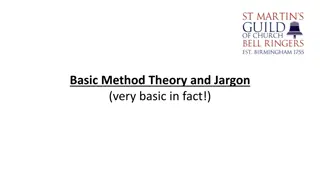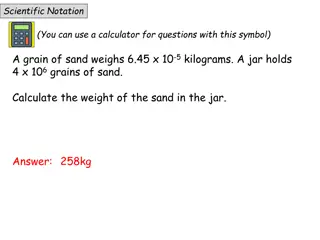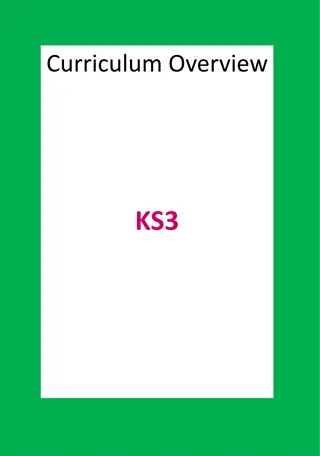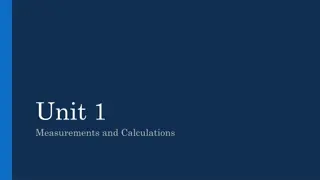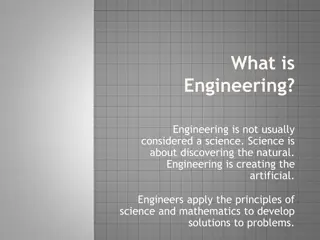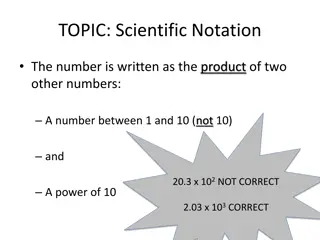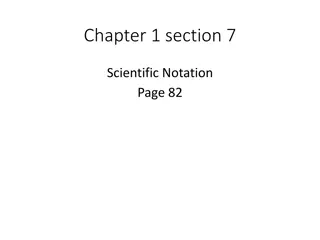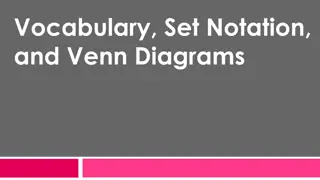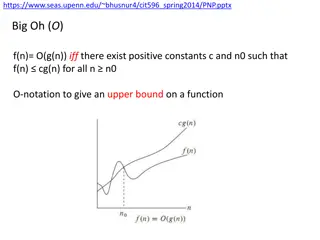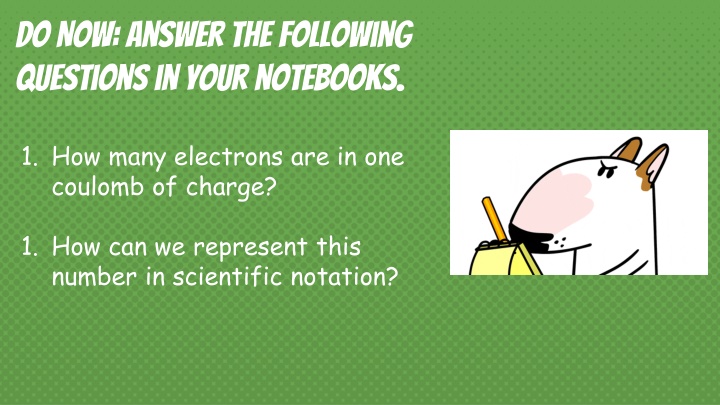
Engineering Notation for Numbers Conversion
Learn how to convert numbers into engineering notation for easier representation of large or small values. Explore the main metric prefixes used and the differences between scientific and engineering notations.
Download Presentation

Please find below an Image/Link to download the presentation.
The content on the website is provided AS IS for your information and personal use only. It may not be sold, licensed, or shared on other websites without obtaining consent from the author. If you encounter any issues during the download, it is possible that the publisher has removed the file from their server.
You are allowed to download the files provided on this website for personal or commercial use, subject to the condition that they are used lawfully. All files are the property of their respective owners.
The content on the website is provided AS IS for your information and personal use only. It may not be sold, licensed, or shared on other websites without obtaining consent from the author.
E N D
Presentation Transcript
Do Now: Answer the following questions in your notebooks. 1. How many electrons are in one coulomb of charge? 1. How can we represent this number in scientific notation?
AIM: how can we represent numbers correctly using engineering notation and their metric prefixes?
S.w.b.a.t: convert numbers into engineering notation identify all of the basic metric prefixes assess which metric prefix to use
Remember this number? 1C= 6,240,000,000,000,000,000 electrons How can we make this number easier to write over and over and use it in math equations? Engineering Notation Engineering notation is a similar to scientific notation but the exponent of ten must be divisible by three . When would you use engineering notation? When trying to represent large or small numbers in an easy to read and use format.
1. Decide which direction you need to move the decimal point to reach the smallest whole number. 2. Move the decimal place to the right or left in counts of three until you have the smallest whole number possible 4. Count how many places you moved 5. Present the number as a power of 10. When converting from a larger unit to a smaller unit, move the decimal to the right. When converting from a smaller unit to a larger unit, move the decimal point to the left. 6. Check the metric prefix chart and write the corresponding prefix for the power of 10 you came up with
I do: 1,000,000 We do: .000001 You Do: 3,400
1. What are the main metric prefixes that we use? 2. What is the difference between scientific notation and engineering notation? 3. How do you convert a standard number into engineering notation?
IMMEDIATE APPLICATION: COMPLETE ENGINEERING NOTATION WORKSHEET


